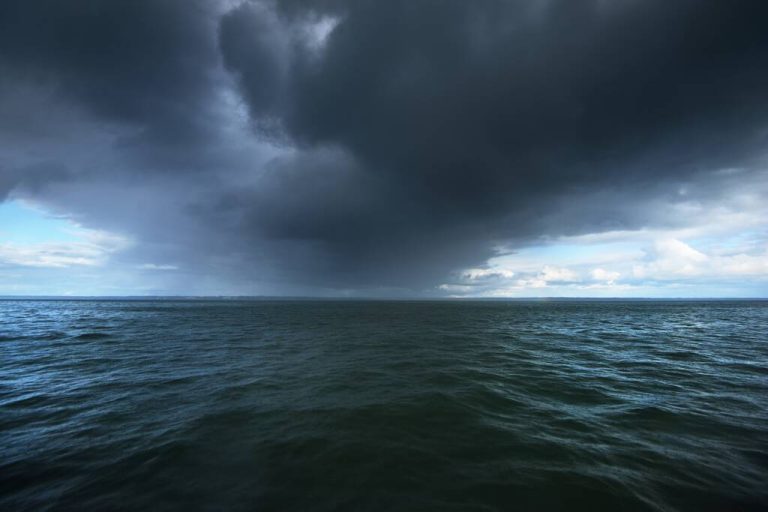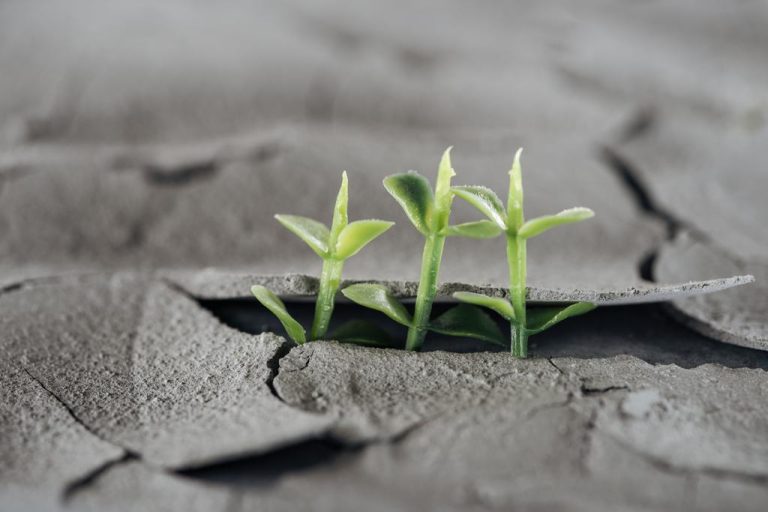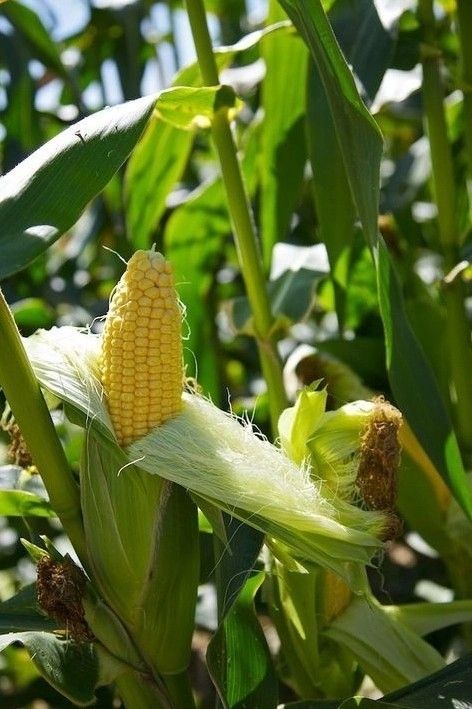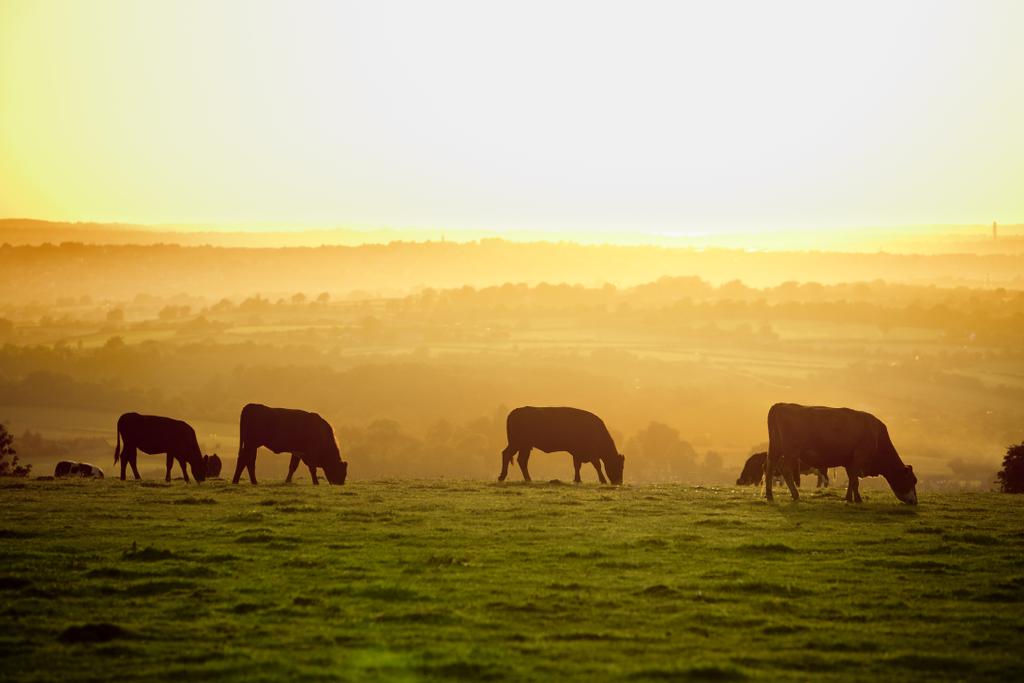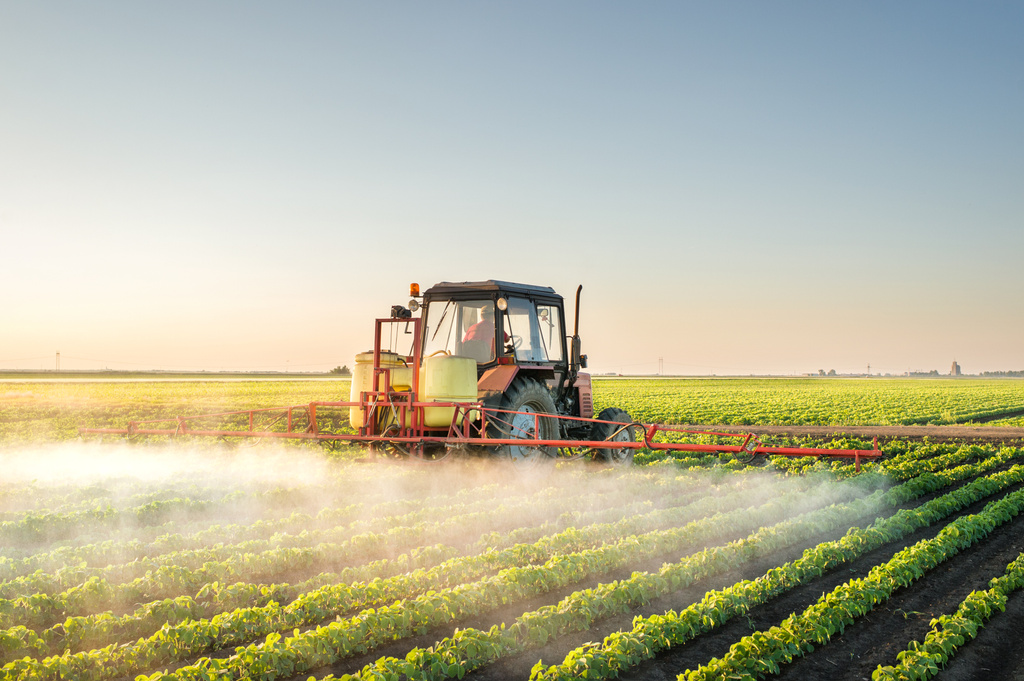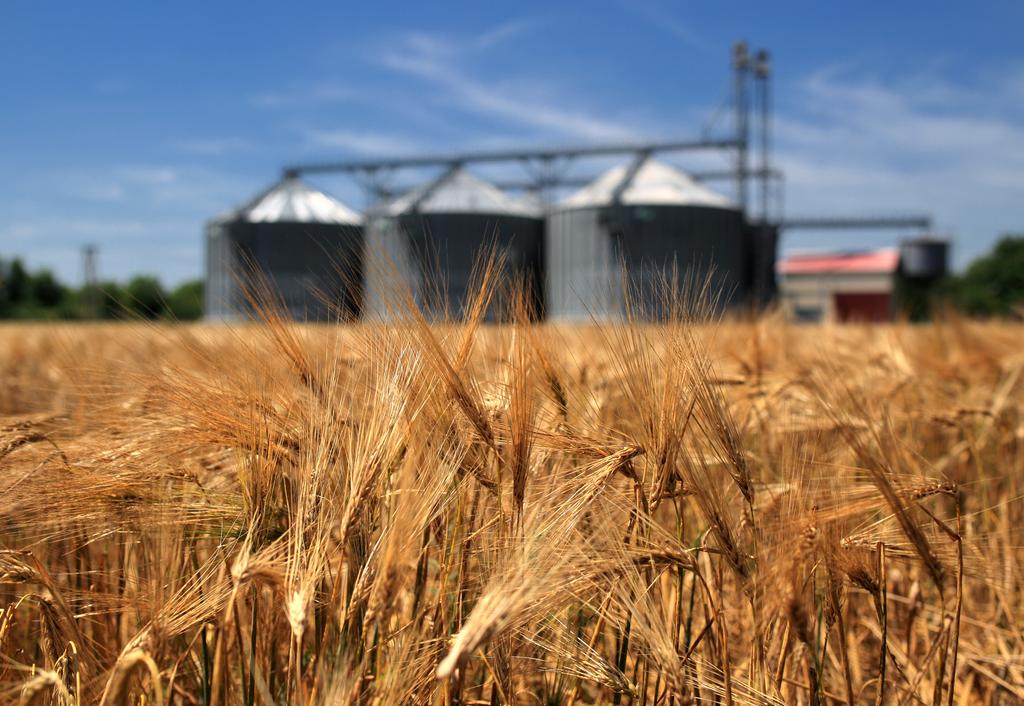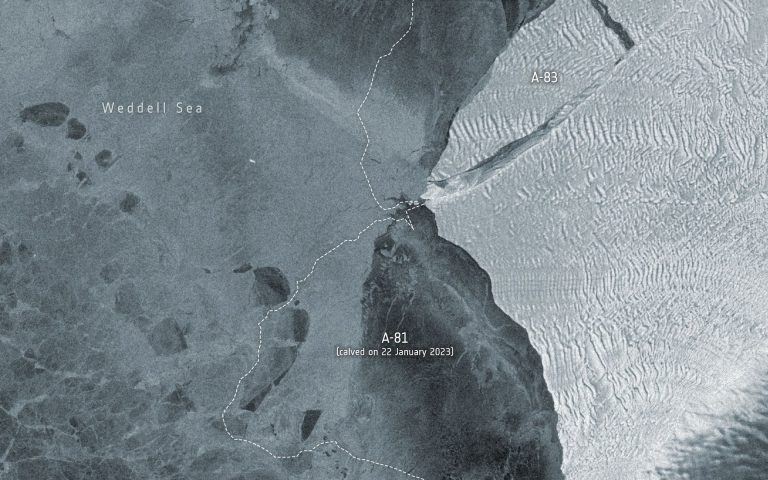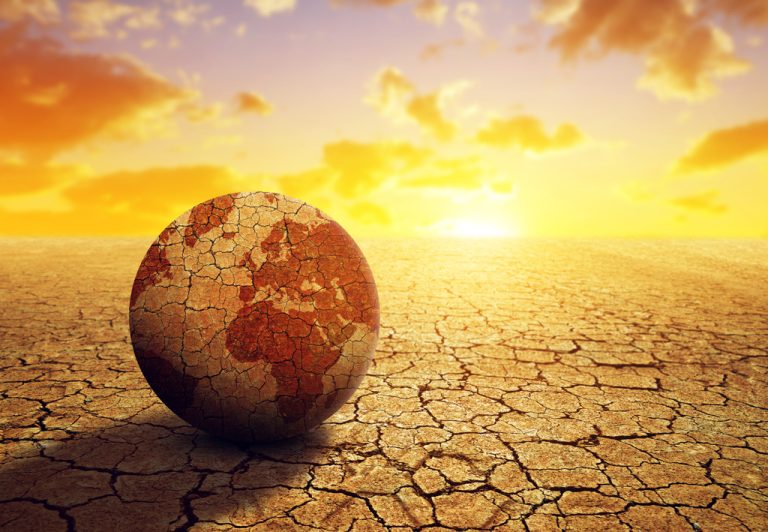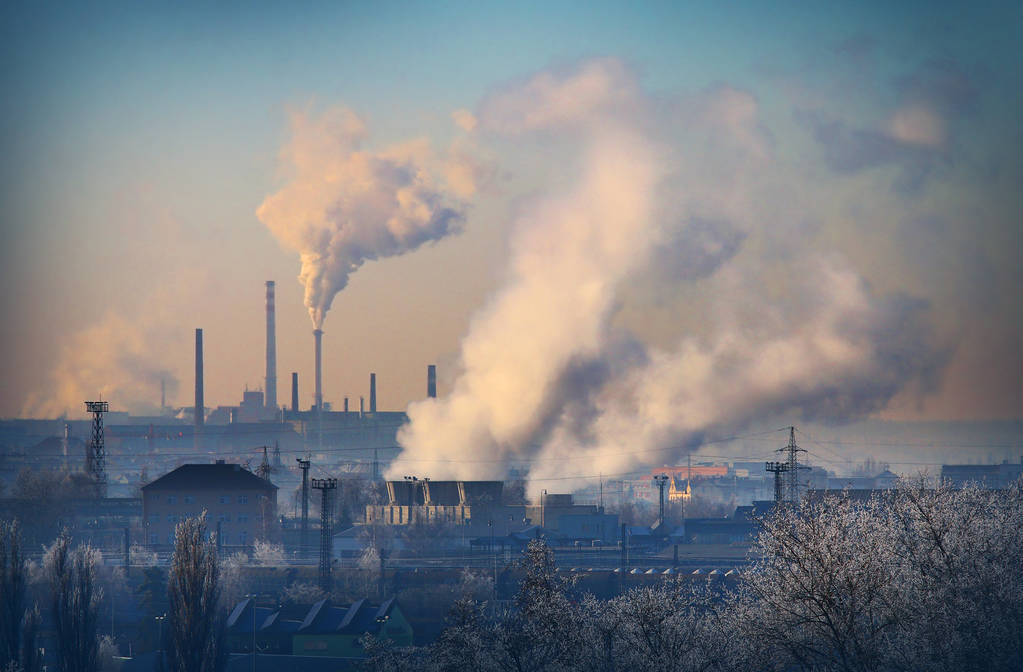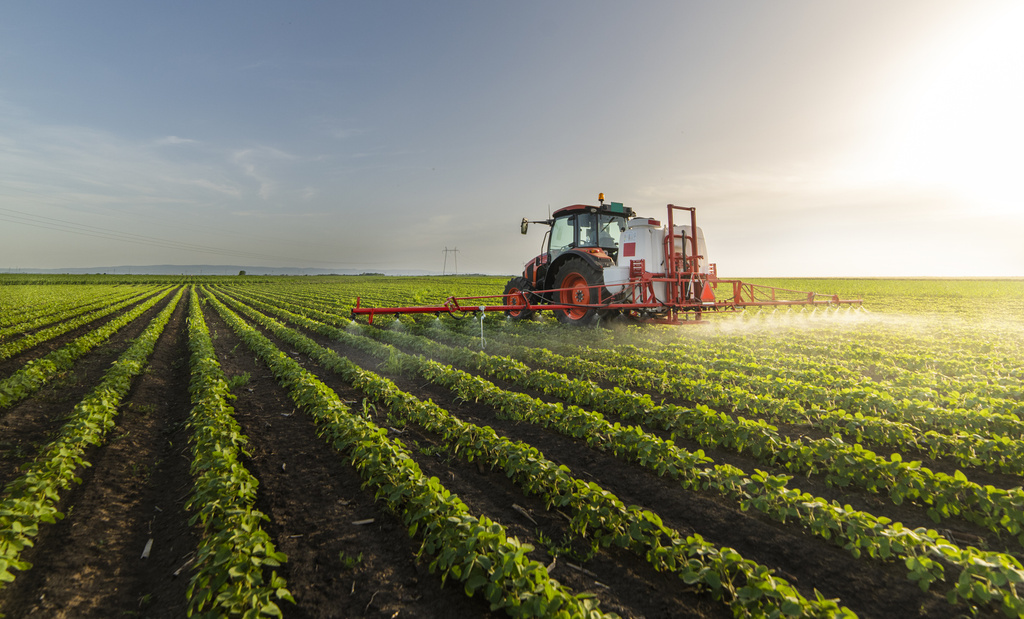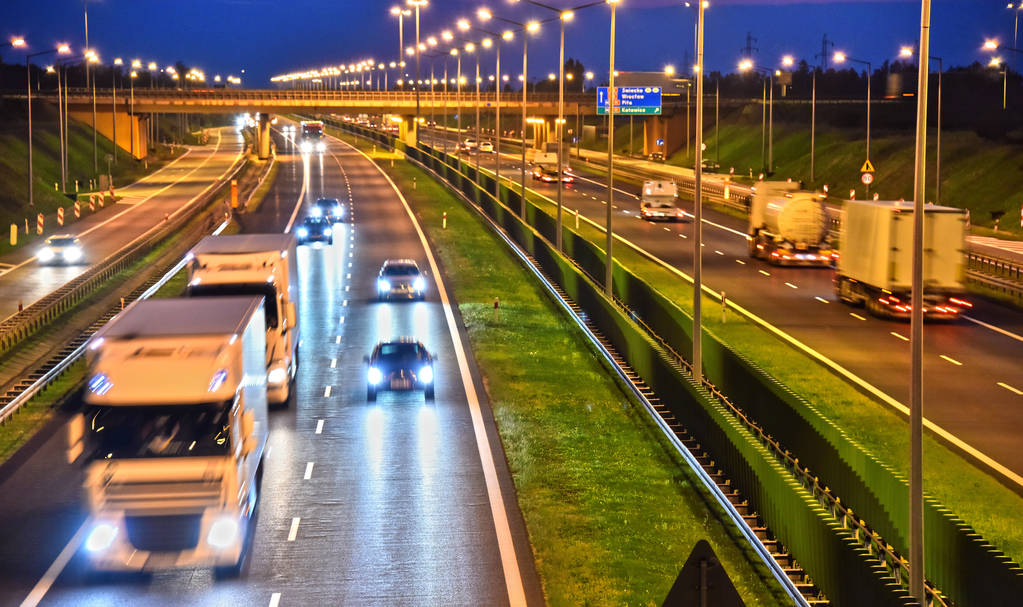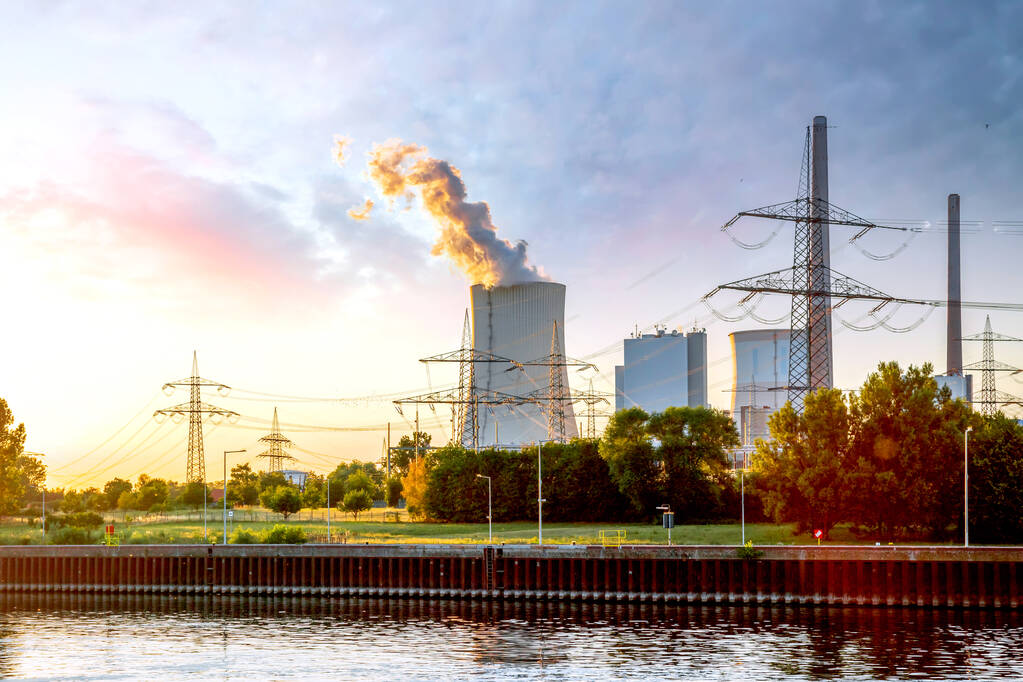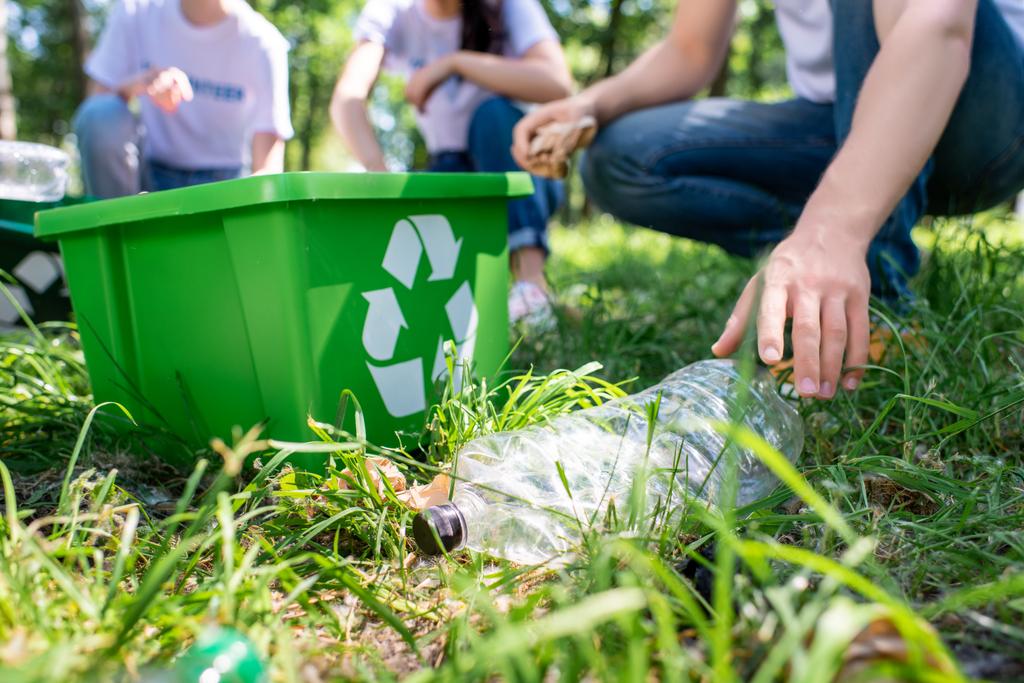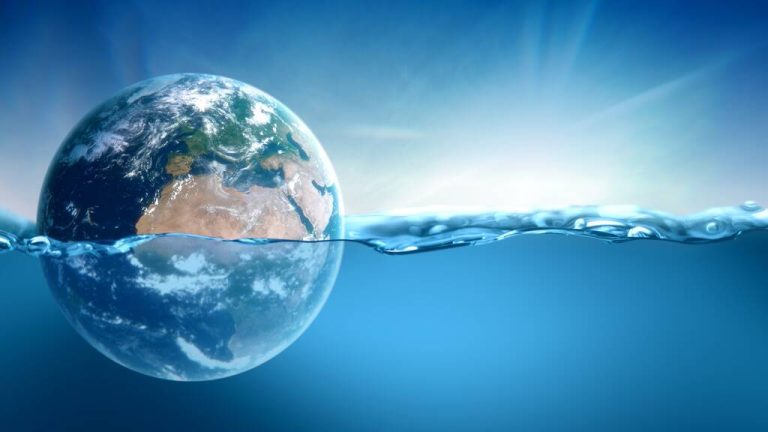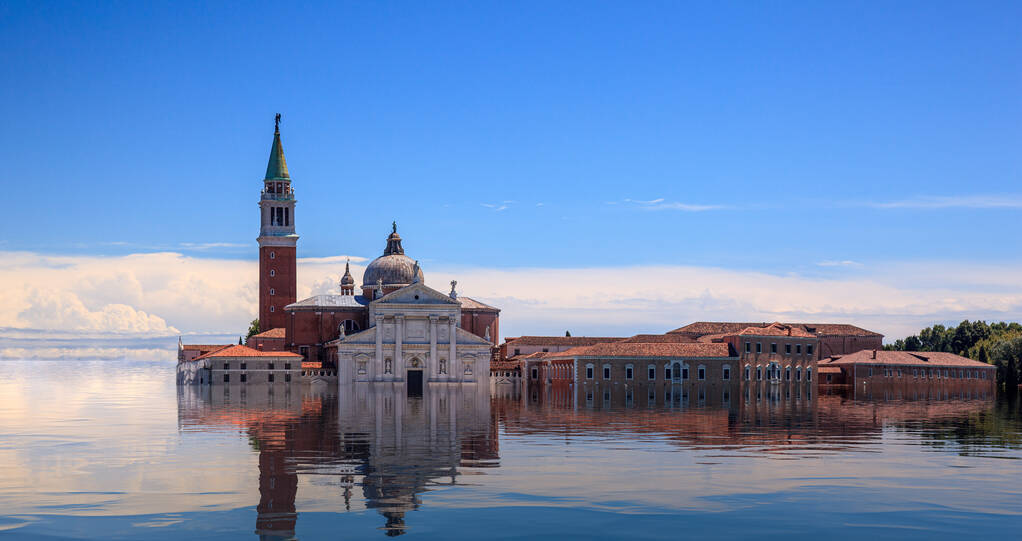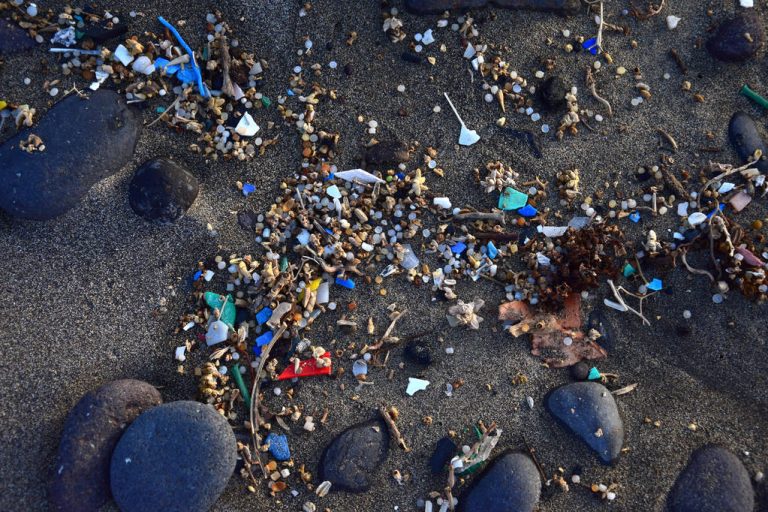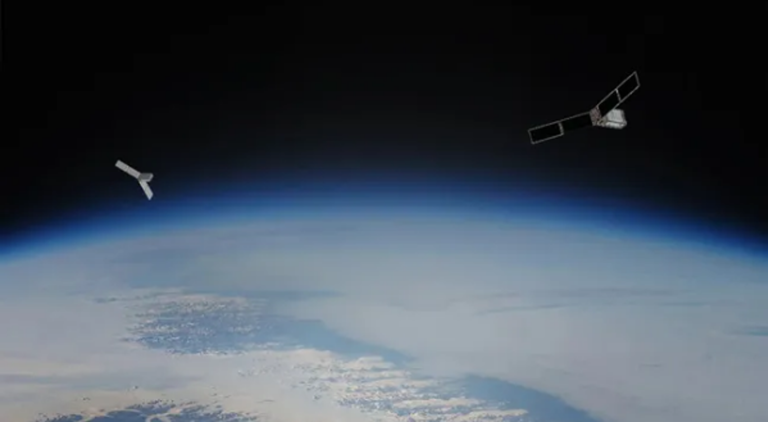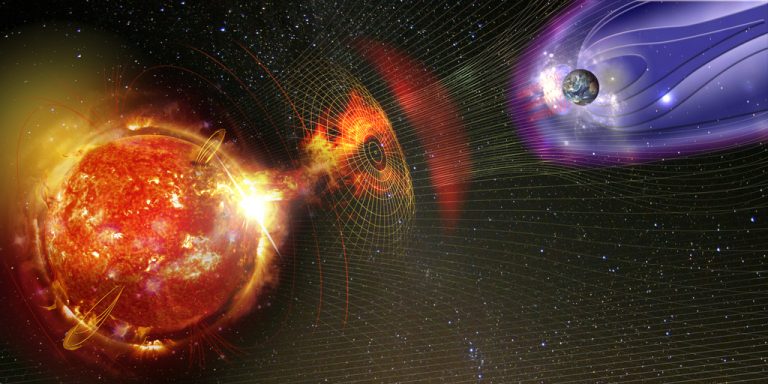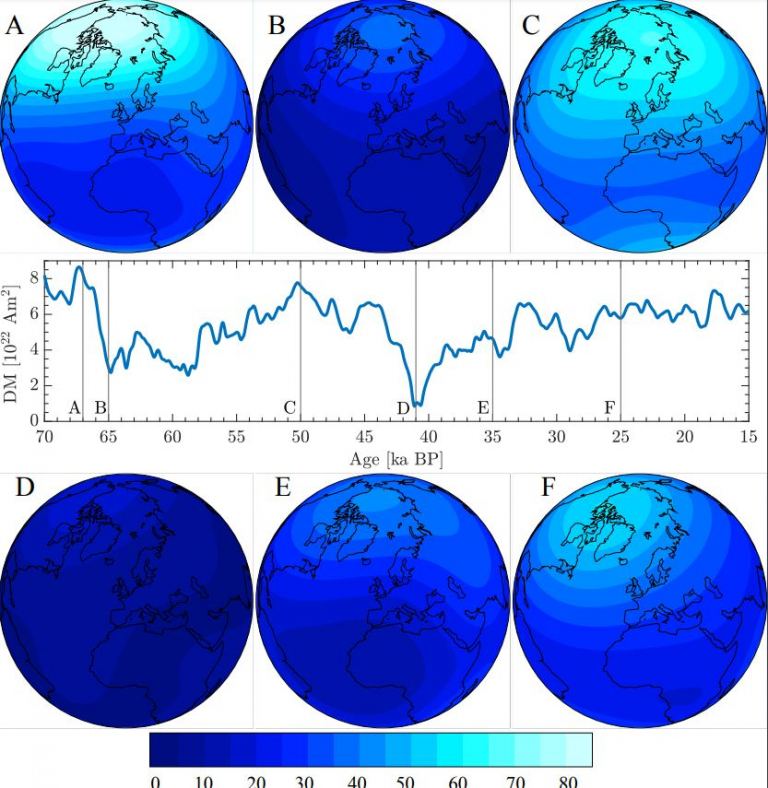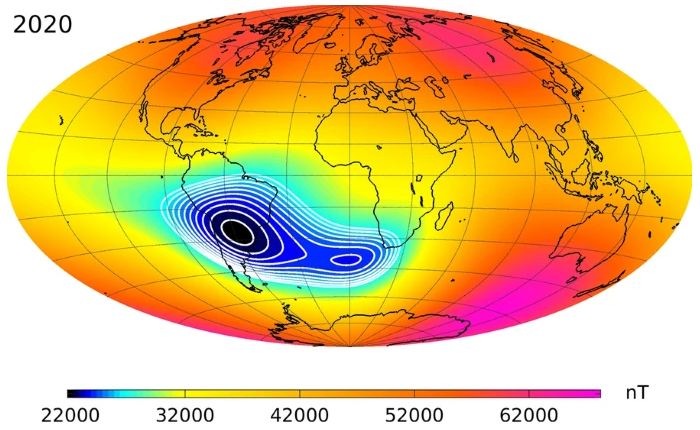Impact of Climate Change on Weather
Key Takeaway
Climate change is profoundly altering weather patterns across the globe. This phenomenon is leading to more extreme weather events, changes in precipitation, and rising temperatures, which in turn have significant impacts on ecosystems, human health, and economies. Understanding these changes is crucial for developing strategies to mitigate and adapt to the evolving climate.
Summary
- Global Warming: Rising temperatures due to increased greenhouse gases.
- Extreme Weather Events: More frequent and severe storms, heatwaves, and droughts.
- Changing Precipitation Patterns: Altered rainfall, leading to floods and water scarcity.
- Impact on Ecosystems: Shifts in habitats and species distributions.
- Human Health Risks: Increased heat-related illnesses and spread of diseases.
- Economic Consequences: Damage to infrastructure, agriculture, and increased disaster management costs.
- Adaptation and Mitigation: Strategies to reduce greenhouse gas emissions and enhance resilience to climate impacts.
- Policy and Global Efforts: International agreements and policies aimed at combating climate change.
Introduction
Climate change, driven primarily by human activities, is causing significant and potentially irreversible changes to our planet’s weather patterns. These changes are not just about warmer temperatures; they encompass a broad range of climatic shifts that affect every aspect of life on Earth. This article delves into how climate change is impacting weather, exploring the science behind these changes, their consequences, and what can be done to mitigate and adapt to these effects.
Global Warming
Rising Temperatures
One of the most direct impacts of climate change is global warming. The Earth’s average temperature has increased by approximately 1.2°C (2.2°F) since the late 19th century, largely due to the burning of fossil fuels which releases carbon dioxide (CO2) and other greenhouse gases into the atmosphere.
Heatwaves
As global temperatures rise, heatwaves are becoming more frequent and severe. These prolonged periods of excessive heat pose significant risks to health, agriculture, and energy systems.
Extreme Weather Events
Storms and Hurricanes
Climate change is increasing the intensity of storms and hurricanes. Warmer ocean temperatures provide more energy for tropical storms, making them stronger and more destructive.
Droughts and Floods
Changes in precipitation patterns are leading to more extreme droughts and floods. Some regions are experiencing prolonged dry spells, while others are seeing increased rainfall, leading to severe flooding.
Wildfires
Higher temperatures and prolonged droughts create ideal conditions for wildfires. These fires have devastating effects on ecosystems, property, and human life.
Changing Precipitation Patterns
Altered Rainfall
Climate change is causing shifts in precipitation patterns, with some areas receiving more rainfall and others experiencing significant reductions. This variability can lead to both water scarcity and flooding, affecting agriculture and water supply.
Snow and Ice
Warmer temperatures are leading to reduced snowpack and earlier melting of snow and ice. This affects freshwater availability and contributes to sea-level rise.
Impact on Ecosystems
Shifts in Habitats
As temperatures rise and precipitation patterns change, many species are forced to migrate to new areas. This can disrupt existing ecosystems and lead to loss of biodiversity.
Ocean Acidification
Increased CO2 levels are not only warming the planet but also making the oceans more acidic. This has severe consequences for marine life, particularly coral reefs and shellfish.
Human Health Risks
Heat-Related Illnesses
Rising temperatures increase the risk of heat-related illnesses, such as heat stroke and dehydration. Vulnerable populations, including the elderly and those with pre-existing health conditions, are particularly at risk.
Spread of Diseases
Climate change is affecting the distribution of diseases. Warmer temperatures and altered rainfall patterns can expand the range of vector-borne diseases, such as malaria and dengue fever.
Economic Consequences
Damage to Infrastructure
Extreme weather events, such as hurricanes and floods, cause significant damage to infrastructure, leading to costly repairs and reconstruction efforts.
Agricultural Impacts
Changes in weather patterns affect crop yields and livestock, threatening food security. Prolonged droughts and extreme heat can devastate agricultural production.
Increased Disaster Management Costs
Governments and organizations are facing rising costs associated with disaster management and recovery efforts. This includes not only immediate response but also long-term rebuilding and adaptation measures.

Adaptation and Reduction
Reducing Greenhouse Gas Emissions
Mitigating climate change involves reducing greenhouse gas emissions through cleaner energy sources, improved energy efficiency, and sustainable practices.
Enhancing Resilience
Adaptation strategies include building resilient infrastructure, improving water management, and developing early warning systems for extreme weather events.
Community-Based Approaches
Engaging local communities in adaptation efforts ensures that measures are tailored to specific needs and contexts, enhancing their effectiveness.
Policy and Global Efforts
International Agreements
Agreements like the Paris Agreement aim to unite countries in the fight against climate change by setting targets for reducing greenhouse gas emissions.
National Policies
Countries are implementing various policies to address climate change, such as carbon pricing, renewable energy incentives, and regulations to reduce emissions.
Corporate Responsibility
Businesses are increasingly recognizing their role in combating climate change. Many are adopting sustainable practices and setting emissions reduction targets.
Climate change is reshaping our world in profound ways, particularly through its impact on weather patterns. Understanding these changes and their implications is crucial for developing effective strategies to mitigate and adapt to climate change. By taking collective action at the global, national, and local levels, we can work towards a more sustainable and resilient future.
References
- World Meteorological Organization. (2023). “State of the Global Climate 2022.” link.
- Intergovernmental Panel on Climate Change. (2021). “Climate Change 2021: The Physical Science Basis.” link.
- National Aeronautics and Space Administration. (2023). “Global Climate Change: Vital Signs of the Planet.” link.

